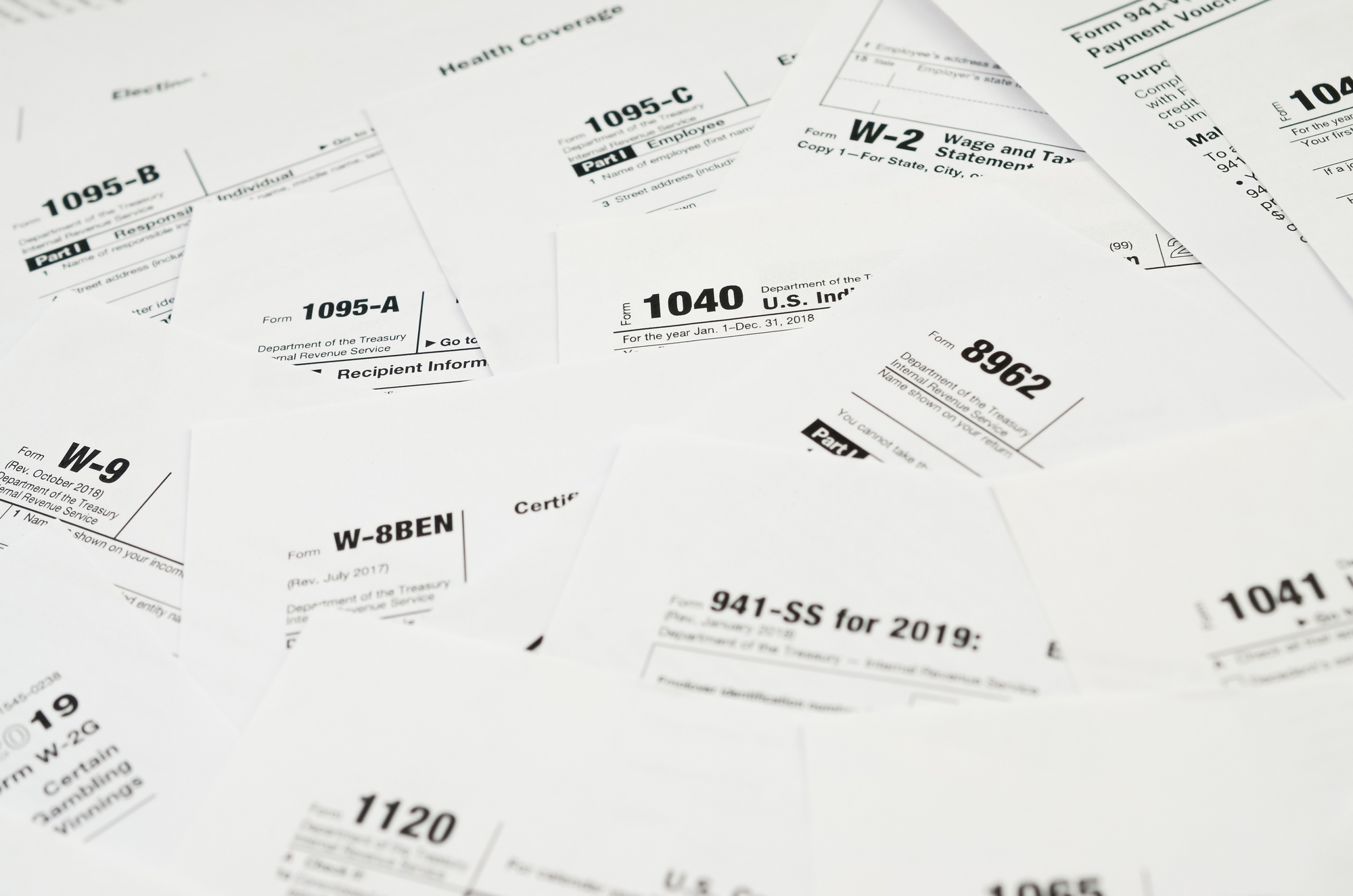Employee Verifications: 3 Common I-9 Mistakes and How to Avoid Them
Form I-9 was first introduced back in 1986 as part of the Immigration Reform and Control Act (IRCA) with the goal of preventing illegal immigration. All employers are required to complete and keep track of I-9 forms for new employees so that they can verify both their eligibility and identity. Maintaining organized records of I-9 forms is incredibly important as every employer can be subject to US Immigration and Customs Enforcement (ICE) audits of their workers’ employment eligibility, with possible civil fines and criminal penalties for organizations found to be non-compliant. Although the two-page employment eligibility verification form may seem straightforward, many employers make I-9 mistakes that leave them vulnerable to fines. Here are some of the most common errors made during the I-9 verification process.

Not Completing Forms on Time
One of the most common I-9 mistakes that companies make is not paying close enough attention to the required time-frame for completion. Employees are required to complete, sign, and date Section 1 of the I-9 form either on or before their first day of work for pay after the job has been offered to them. After the employee completes the first section, the employer has three business days to review original documents confirming proof of identity and work authorization and to complete, sign, and date the second section.
Some companies try to correct the mistake of not completing I-9 forms on time by either backdating or changing incomplete/missing forms. It is never a good idea to change the date or any other information on the Form I-9. Employers that make false statements to satisfy the employment eligibility verification requirements may be fined, imprisoned for up to five years, or both. If any type of fraud is suspected, there will be a thorough investigation into your business that could result in additional fines if it is found that an individual knowingly committed or participated in acts relating to document fraud.
Using an Outdated Form I-9
Since the Form I-9 is periodically updated, the previous versions can no longer be used for new employees once a new update is released. Some employers may not realize that they are still using an outdated Form I-9 when hiring new employees. To avoid this issue, you can download the form directly from the USCIS website every time you need it to ensure you are using the most up-to-date version.
Not Re-verifying in Time
Employers need to keep track of the I-9 expiration date for employees working on a work permit or work visa. If an employee’s I-9 expiration date goes by without reverification, then technically the company is employing someone who is no longer authorized to work in the US, leaving your business exposed to fines for violations. To avoid this mistake, make sure to keep a detailed calendar of when employee’s work permits and visas expire so you can ensure they are re-verified before expirations.
OEM America
Are you feeling overwhelmed when it comes to managing administrative and human resource-related tasks for your small business? OEM America can help. For decades, we have been helping companies across Connecticut and throughout the country transform their businesses into the pinnacle of efficiency.
Through the use of our time-proven model for managing employees, you can cut costs and decrease your turnover rate in no time. Stop worrying about Human Resources, employee administration, and benefits management. Leave all of that to us! With OEM as your human resource management team, you can focus more on the high-payoff activities that help you grow and profit.
Contact us for a free consultation today!
{{cta(‘9d8f78cf-365d-4abf-87f2-f461f1bd6075′,’justifycenter’)}}
Go Back